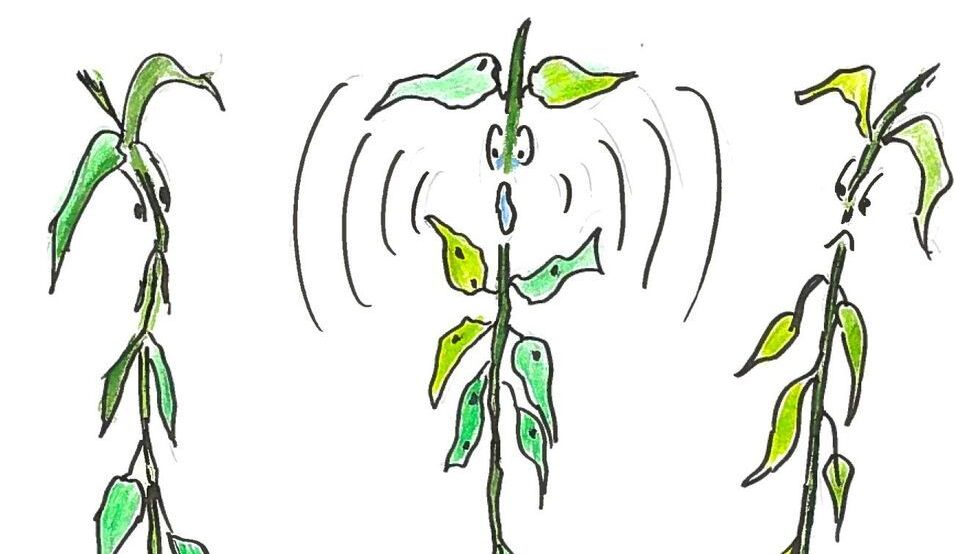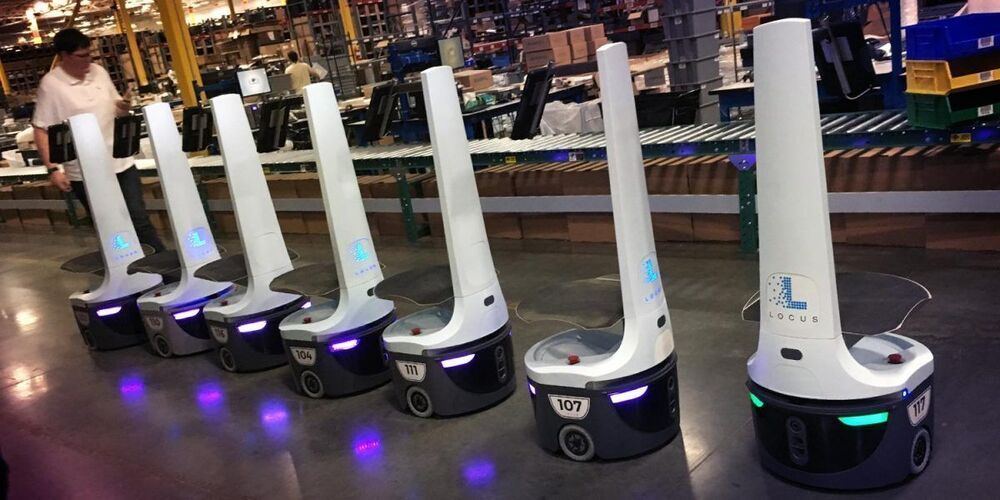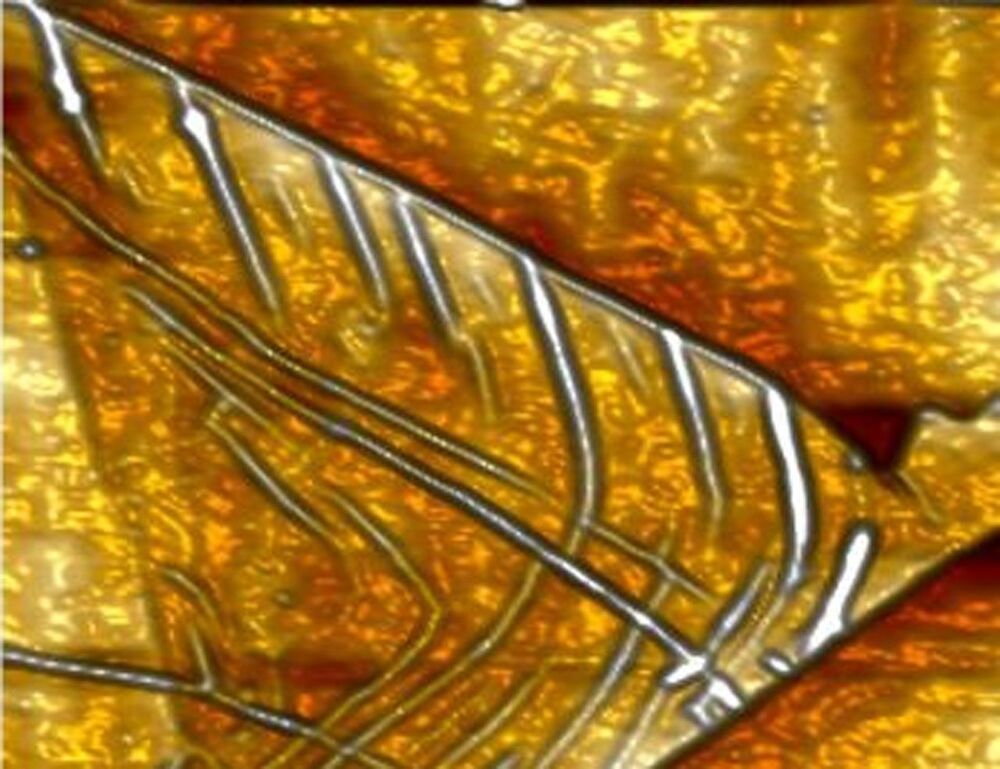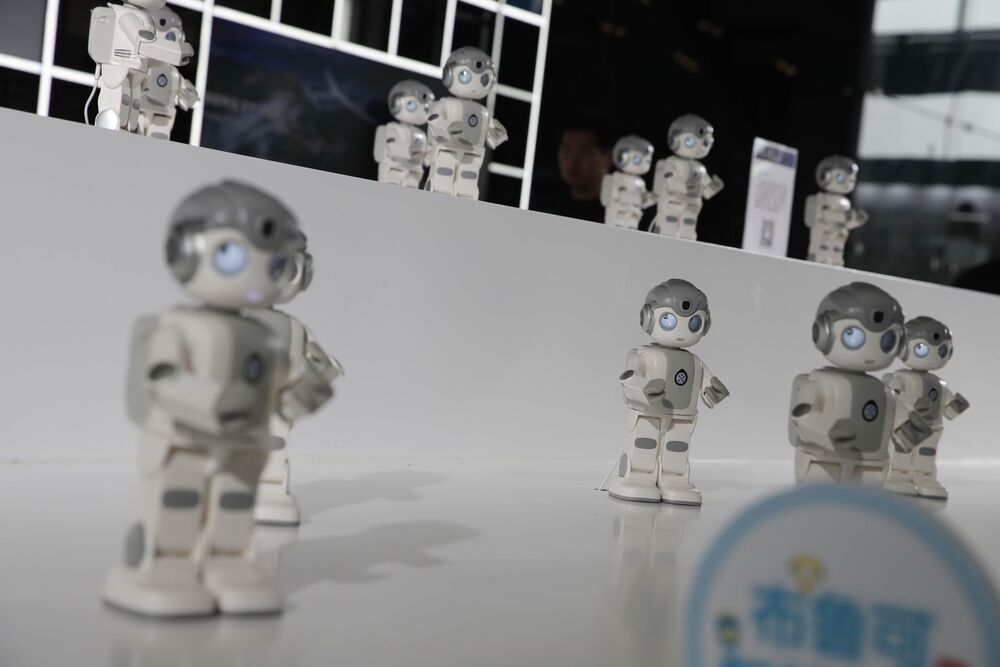mission experts will talk about the robotic scientist’s touchdown in the most challenging terrain on Mars ever targeted.
Perseverance, which launched July 302020, will search for signs of ancient microbial life, collect carefully selected rock and regolith (broken rock and dust) samples for future return to Earth, characterize Mars’ geology and climate, and pave the way for human exploration beyond the Moon.
Tune in to watch a live broadcast from the Von Karman Auditorium at NASA’s Jet Propulsion Laboratory.







